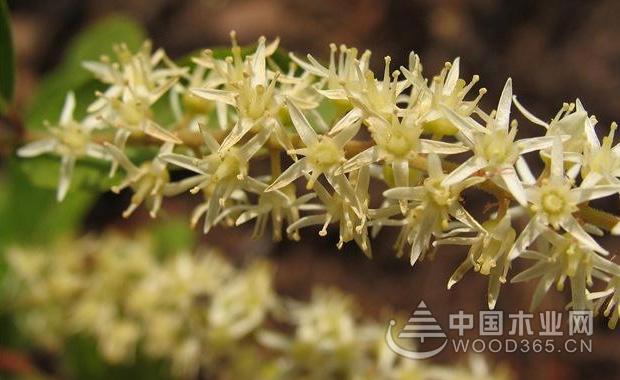IteaVirginica Sweetsire (Virginia willow), also known as the American rat thorn, F. sylvestris) Saxifragaceae, Rattus genus. Semi-evergreen shrubs, branchlets drooping, leaves alternate, leaves spring and summer green, autumn and winter are bright red and orange; spikes terminal, inflorescences 5-15 cm long, flowers tiny, pale yellow, honey scent, Flowering period from April to May. Drought-tolerant, cold-tolerant, slightly shade-tolerant, less demanding on the soil, strong adaptability, gardening can be used for color blocks, hedges, modeling plants or solitary plants. It is mainly propagated by cuttings, and it can also be sown and propagated. So what should you pay attention to in cutting propagation? Cutting facilities and seedbed preparation Use a single-story shed to cover the greenhouse film, plus a shade net. The tray cuttings can be made of vermiculite plus peat and perlite. The peat is 5 parts: 3 parts of perlite: 2 parts of vermiculite. Matrix formulation is required to be ventilated, permeable, and rooted. After the substrate disinfection substrate is prepared, the soil is firstly stirred with a small amount of fine sand (100g/40m seedbed) and evenly sprinkled on the surface of the substrate, poured with water to a semi-permeable, and then poured with potassium permanganate 1000 times. through. Or directly mix with human kesson (100 grams per matrix) for disinfection when the substrate is stirred. The cutting time of the Virginia rat thorns can be carried out in the spring, summer and autumn, and the best time for spring cutting is not the beginning of spring. Cutting treatment and cutting The semi-lignified twigs or lignified annual branches are cut into 3 to 5 cm lengths by cutting with one leaf and one bud. The incision should be smooth. After cutting the cuttings, pay attention to moisturizing and try to insert them with the scissors. Before cutting, the incision is treated with a rooting agent and inserted while edged. The incision should be uniform, and the depth should be 1cm. It is strictly forbidden to fill the entire cutting strip. The rooting agent must be used on the same day of preparation, and a fungicide should be added when formulating the hormone. The cutting depth is 1.5cm, and the leaves are all facing the south. Watering, spraying, laminating, sealing and moisturizing at the end of cutting. Post-plug management The success or failure of cutting propagation depends to a large extent on the scientific management after cutting. Therefore, the post-insertion regulation and management of the external factors that affect rooting is very important and must be highly valued. It is preferable to maintain the substrate humidity in the rooting process to be equivalent to 60 to 70% of the saturated water content and 95% or more of the air relative humidity. In the hot season, 75-90% shading net is covered to avoid strong light burn. During the rooting process, the temperature in the small bow shed is controlled within the range of 25-40 °C. After cutting, the seedbed should be checked frequently. The water content of the substrate should be kept at about 60%, and the fungicide should be taken every 7-10 days. Virginia rat locusts have a faster rooting. When the roots are more than 90% rooted and the packing is complete, the seedlings can be cultivated to produce finished seedlings or seedlings for sale. China Black Cotton Tote Bag,Cotton String Bags supplier & manufacturer, offer low price, high quality Blank Cotton Tote Bags,Cheap Canvas Totes, etc. Black Cotton Tote Bag,Cotton String Bags,Blank Cotton Tote Bags,Cheap Canvas Totes Suzhou Yuli Industrial Co.,Ltd , https://www.packageyuli.com